BC Forestry: Sustainable Today, Strong Tomorrow
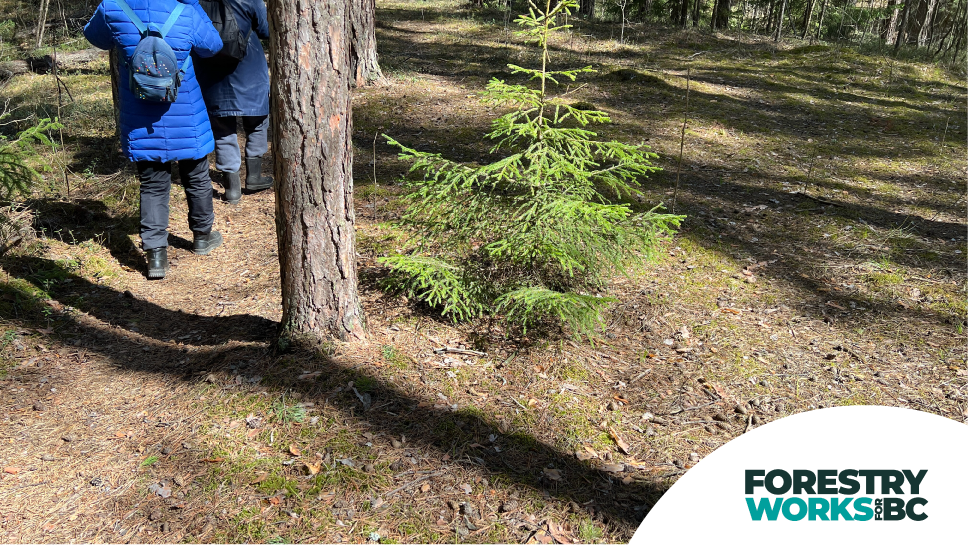
British Columbia’s forests are managed for long-term sustainability, with most areas protected and the remainder responsibly harvested. Forestry Works for BC highlights how forest workers, reforestation, and environmental stewardship ensure a thriving natural legacy for future generations.
British Columbia to Reduce Wildfire Risks
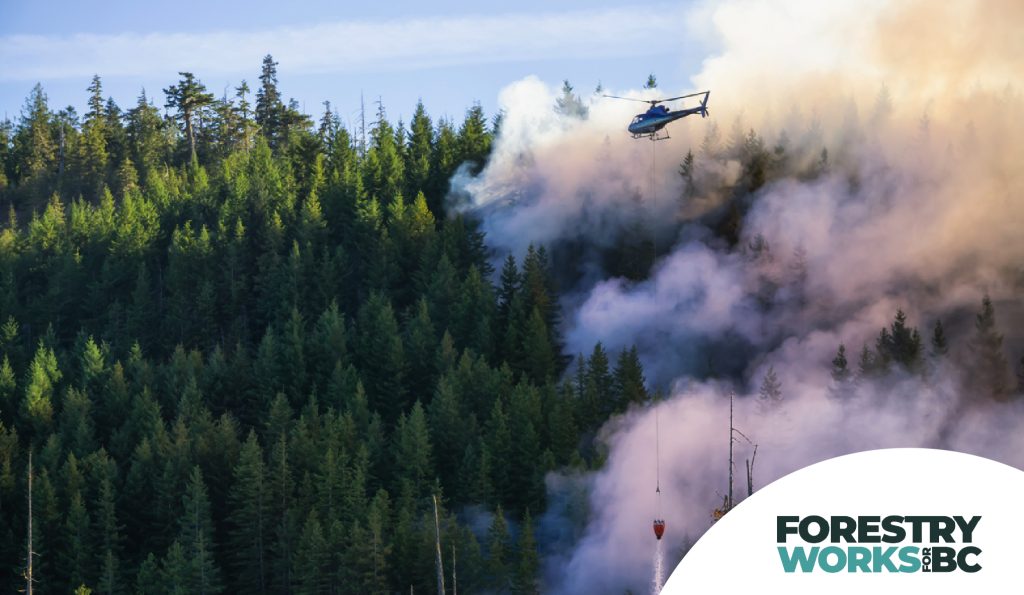
British Columbia has faced some of the most expensive wildfire seasons in history since 2017, with millions of hectares burned and nearly a billion dollars in damages in 2023 alone. Understanding wildfire trends is key to protecting our forests, communities, and economy.
Sixty-Three Percent of British Columbia’s Forests Will Not Be Logged
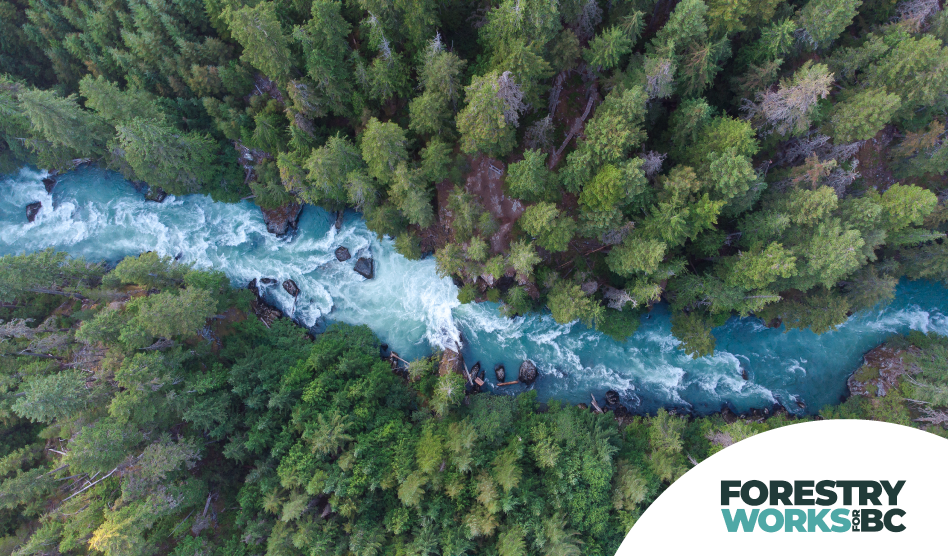
Forestry in British Columbia is playing a crucial role in addressing climate change by both reducing greenhouse gas emissions and capturing carbon naturally. By minimizing the amount of wood that burns or decays, B.C. forestry helps prevent emissions, while also producing sustainable green building materials and renewable energy. Additionally, reforestation efforts, including planting over 200 million trees annually, accelerate carbon absorption. Strict regulations and advanced techniques ensure high survival rates for newly planted trees, reinforcing the industry’s commitment to climate action. Through these efforts, B.C. forestry demonstrates how nature-based solutions can combat global warming effectively.
What Does Forestry Mean to You?

Forestry in British Columbia is playing a crucial role in addressing climate change by both reducing greenhouse gas emissions and capturing carbon naturally. By minimizing the amount of wood that burns or decays, B.C. forestry helps prevent emissions, while also producing sustainable green building materials and renewable energy. Additionally, reforestation efforts, including planting over 200 million trees annually, accelerate carbon absorption. Strict regulations and advanced techniques ensure high survival rates for newly planted trees, reinforcing the industry’s commitment to climate action. Through these efforts, B.C. forestry demonstrates how nature-based solutions can combat global warming effectively.
Kim Haakstad: Forestry in B.C. is at a crossroads. It deserves to be treated as the major project it is
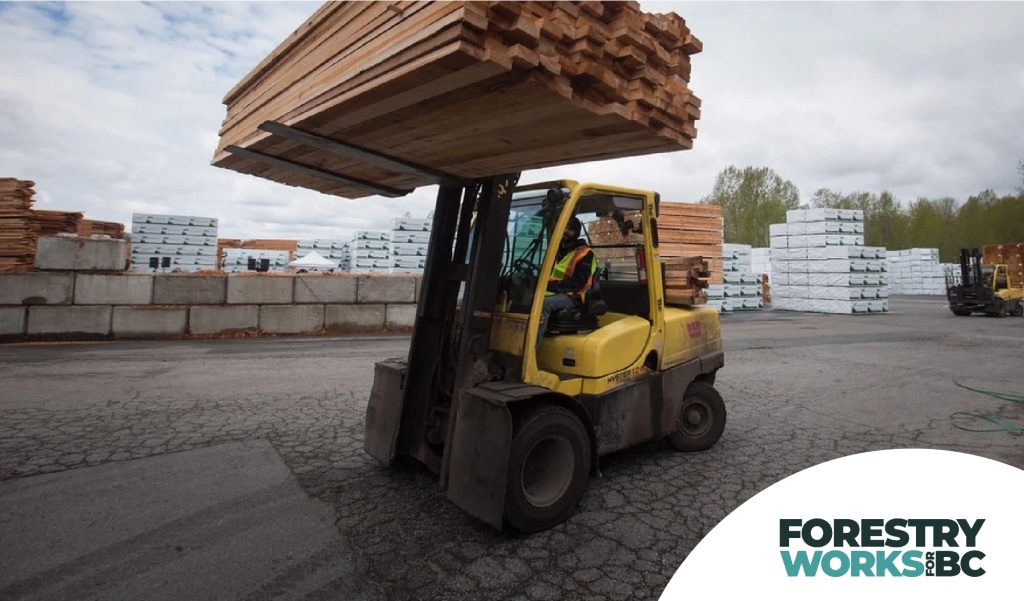
Forestry in British Columbia is playing a crucial role in addressing climate change by both reducing greenhouse gas emissions and capturing carbon naturally. By minimizing the amount of wood that burns or decays, B.C. forestry helps prevent emissions, while also producing sustainable green building materials and renewable energy. Additionally, reforestation efforts, including planting over 200 million trees annually, accelerate carbon absorption. Strict regulations and advanced techniques ensure high survival rates for newly planted trees, reinforcing the industry’s commitment to climate action. Through these efforts, B.C. forestry demonstrates how nature-based solutions can combat global warming effectively.
British Columbia’s Forests: Fact and Opinion – How much should be saved?
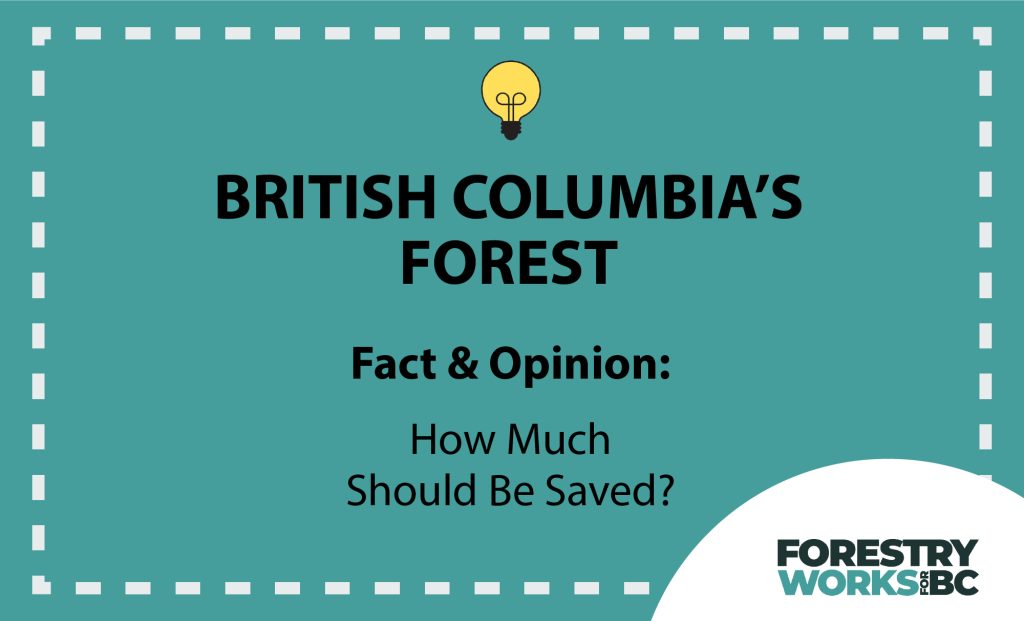
Forestry in British Columbia is playing a crucial role in addressing climate change by both reducing greenhouse gas emissions and capturing carbon naturally. By minimizing the amount of wood that burns or decays, B.C. forestry helps prevent emissions, while also producing sustainable green building materials and renewable energy. Additionally, reforestation efforts, including planting over 200 million trees annually, accelerate carbon absorption. Strict regulations and advanced techniques ensure high survival rates for newly planted trees, reinforcing the industry’s commitment to climate action. Through these efforts, B.C. forestry demonstrates how nature-based solutions can combat global warming effectively.
A Climate Solution: Carbon Capture and Storage, Naturally
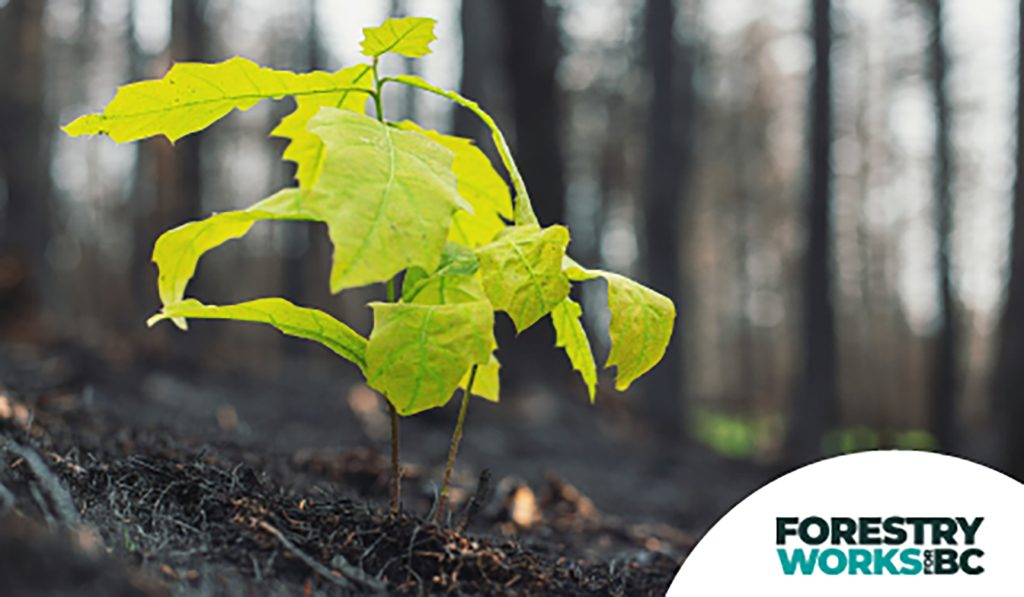
Forestry in British Columbia is playing a crucial role in addressing climate change by both reducing greenhouse gas emissions and capturing carbon naturally. By minimizing the amount of wood that burns or decays, B.C. forestry helps prevent emissions, while also producing sustainable green building materials and renewable energy. Additionally, reforestation efforts, including planting over 200 million trees annually, accelerate carbon absorption. Strict regulations and advanced techniques ensure high survival rates for newly planted trees, reinforcing the industry’s commitment to climate action. Through these efforts, B.C. forestry demonstrates how nature-based solutions can combat global warming effectively.
